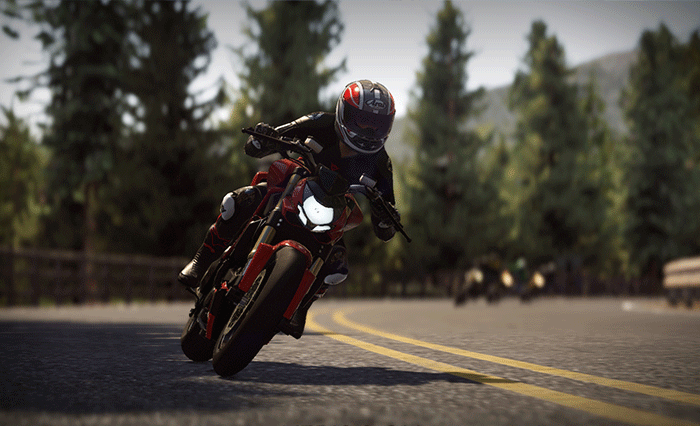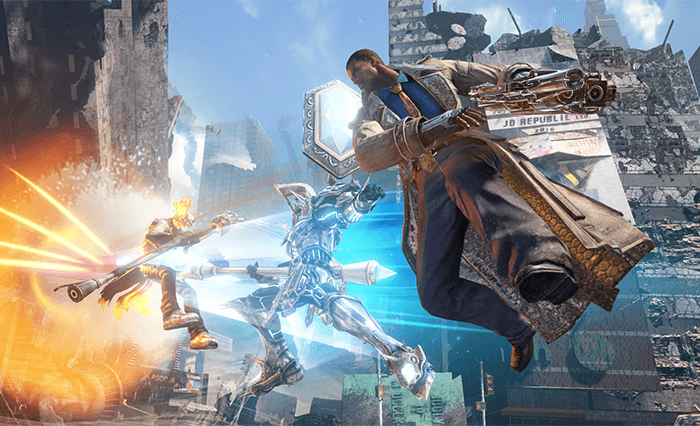New Physically Based Rendering (PBR) and Scene Editor included in latest release of Paradox, C# Game Engine - version 1.1.3β
Tokyo, Japan, (June 12th, 2015) - Silicon Studio, pioneering middleware and games developer, announced the latest version of their C# Game Engine, Paradox which includes Scene Editor, PBR, Layered Materials and other new features.

Making game development Fast, Free and Fun
Paradox Game Engine was created to make game development more efficient and to give developers more creative freedom. Using C# as the programming language which allows Paradox to be highly efficient and a shader system that makes using shaders across different platforms possible, makes development faster. Making the source open ensures that developers will never struggle with fixing bugs in game and optimizing is made easier.
1.1.3β version tools and features
The latest release brings new features to create games with more detailed and realistic graphics using PBR with very little effort. The Scene Editor is another new feature which makes creating levels and scenes more efficient and fun. It will also allow users to arrange objects test the rendering, script and prototype gameplay.
About Silicon Studio
Silicon Studio is a Japan-based game engine and middleware company providing quality rendering, optical effects, and post-effects solutions for game development. Silicon Studio also creates games across mobile, PC and consoles, and develops games for third parties.
The Game Studio
The Game Studio features a powerful asset management system, an Asset Editor and a flexible Scene Editor. Developers will be able to organise, share and re-use contents easily, allowing them to freely express and implement their game design ideas.

The Scene Editor
The Asset Editor
©YOMIURI TELECASTING CORPORATION/Silicon Studio All rights reserved.
Layered Materials for complex expressions
The Layered Material System allows the user to easily create high quality detailed materials by just adding and blending layers of textures and other materials. The example above shows how to use re-usable generic materials then adding ageing, dents, coating to give depth. These materials can be made to evolve in real-time with in-game dynamic parameters so that paint progressively fades due to object damage or cloth wears off and exposes skin.
IBL takes away the need to set every details
IBL (Image Based Lighting) fully handles rendering materials precisely under any lighting conditions. This allows the user to quickly see how the change will look and not have to worry about changing the settings every time the surroundings change.
Post optical Effects
©YOMIURI TELECASTING CORPORATION/Silicon Studio All rights reserved.
Paradox also features Post optical effects like Depth of Field and Bloom which add depth and richness to the graphics.
For details of the tools and features go to https://paradox3d.net/features
See the Paradox 1.1.3β release video here:
https://youtu.be/UX42BXsBlEI
Development environment
| OS | Windows 7 SP1+, Windows 8+ |
|---|---|
| Hardware | graphics board of Direct3D10 |
| Supported Platforms | Android、iOS、Windows Phone、Windows Store、Windows Desktop |
| Official Website and community | https://paradox3d.net/ |
| * For Android | Xamarin’s Indie+ License is necessary |
| * For iOS | Xamarin’s Business+ License is necessary |
All listed trademarks are the properties of the corresponding companies








